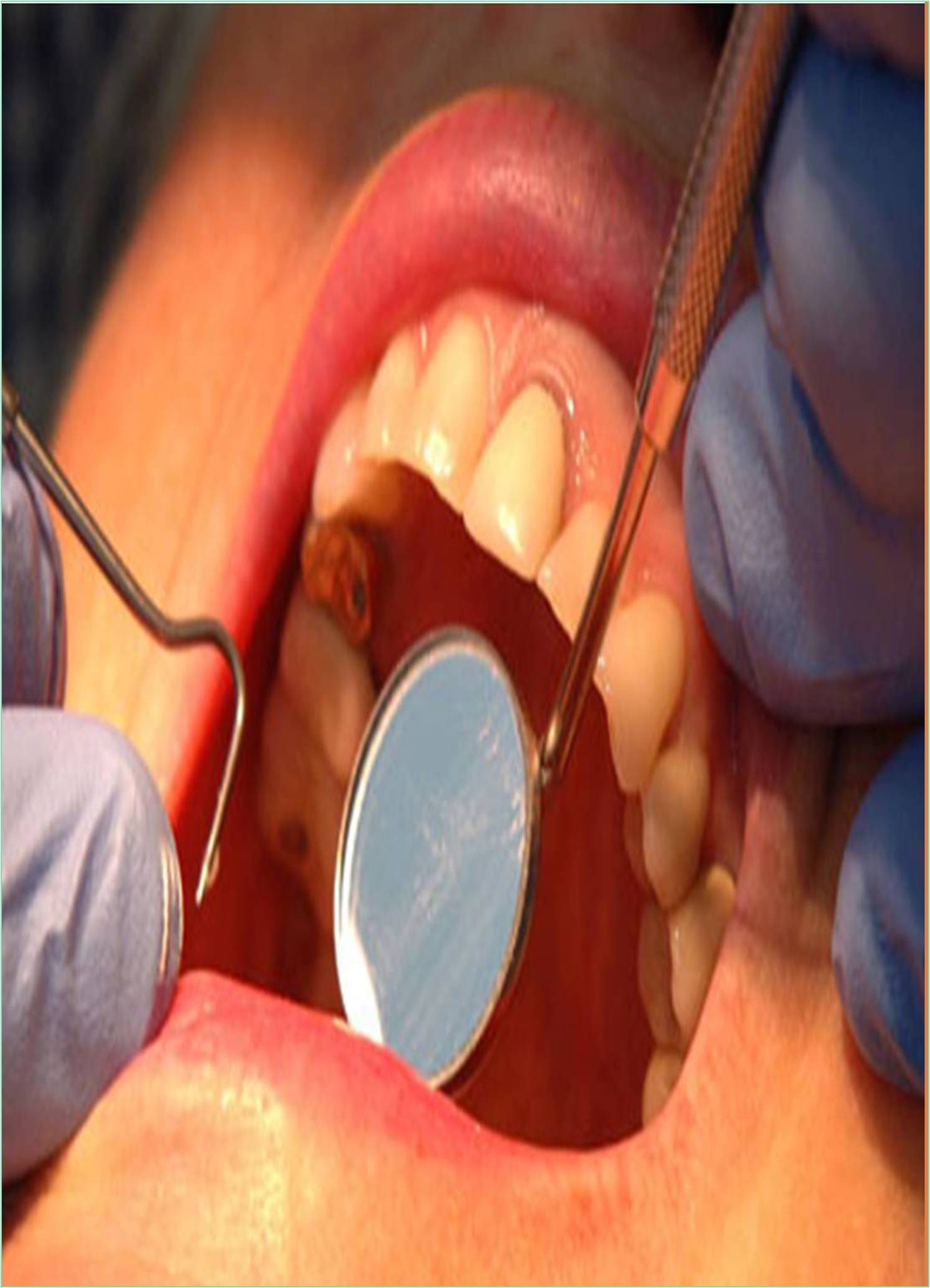



Received: 30-Nov-2022, Manuscript No. GJDOH-22-82938; Editor assigned: 02-Dec-2022, Pre QC No. GJDOH-22-82938 (PQ); Reviewed: 16-Dec-2022, QC No. GJDOH-22-82938; Revised: 23-Dec-2022, Manuscript No. GJDOH-22-82938 (R); Published: 30-Dec-2022, DOI: 10.15651/2449-1918.22.9.013
Periodontitis damages several tooth-supporting structures, including the periodontal ligament, alveolar bone, and gingival tissues. A variety of variables might affect the onset of periodontitis. Examples of social and behavioural factors include cigarette smoking, socioeconomic standing, dietary status, psychiatric issues, and excessive alcohol consumption. Drinking alcohol reduces neutrophil, macrophage, and T-cell activity, which raises the risk of infection. The baseline alcohol usage was assessed using a meal frequency questionnaire, which was then updated every four years. The presence of periodontal disease was self-reported and confirmed by radiography. Age, smoking, diabetes, body mass index, physical activity, time, and caloric intake were all adjusted in the multivariate analysis.
Alcoholism's effects on oral tissues imply that oral hygiene difficulties may be a contributing factor. There is proof that on-going alcohol misuse has an impact on the severity of periodontal disease. A modest but constant dose-dependent connection between alcohol use and increased periodontal disease severity was discovered in a cross-sectional research comprising 13,198 participants. Other human research, however, have found either no association or a very weak relationship between alcohol use and periodontal disease. Researchers have looked at how possible risk factors and indicators affect periodontal disease, as well as how treatments affect it. The use of morphometric analysis to measure alveolar bone loss in ligature-induced periodontitis in rats has been shown effective in earlier investigations. Since alcohol intake suppresses tissue growth due to its toxic effects on osteoblastic activity and proliferation, it can have a direct impact on bone metabolism.
Alcohol has established itself as a tradition in our modern culture, and this connection runs deep. In addition to other health risks, current assessments have suggested that using it may increase the chance of developing periodontitis. Numerous prospective studies have previously been described in the literature, however it is uncommon to find such longitudinal research that examine the relationship between alcohol use and patients' periodontal health status. The purpose of this study was to evaluate the connection between alcohol use and periodontal attachment loss as a possible risk factor. A population-based cohort study that lasted 4 years was done. Only 730 of the study's total 1385 participants were still alive after four years for the followup. Each patient's intake of alcohol and clinical examination results for clinical attachment loss were noted. The majority of participants were in the 35-44, 45-54, and 55-64 age groups. Exhibited a high frequency of alcohol consumption. Overall, it was discovered that men consumed substantially more alcohol and progressed through CAL than women. The respondents' risk of developing CAL was 40% greater in high and chronic drinkers compared in non-drinkers. We came to the conclusion that there is a stronger correlation between males than females between alcohol use and periodontal attachment loss. Thus, alcohol shows promise as a risk factor for periodontitis development in both high and chronic alcohol consumption.
Previous research has shown that drinking alcohol has a detrimental impact on health outcomes. Due to increased cytokine production, aberrant reactive oxygen intermediate formation, and diminished inflammatory response, chronic alcohol consumption renders a person more prone to infections. Chronic alcohol consumption has an impact on cellular immunity, notably ethanolinduced cell-mediated immunity that results in impaired antigen-presenting cell activities. These elevated levels of immunoglobulin have been attributed to the activation of a Th2 vs. Th1 immune response at the molecular level. Additionally, following drinking, functional abnormalities of T and B lymphocytes, natural killer cells, and monocytes/ macrophages that lead to the altered immune response have been shown. Alcohol intake and periodontal attachment loss are positively correlated, with men being more severely affected than women by this association. As a result, alcohol consumption-both excessive and chronic-shows potential as a risk factor for the development of periodontitis.